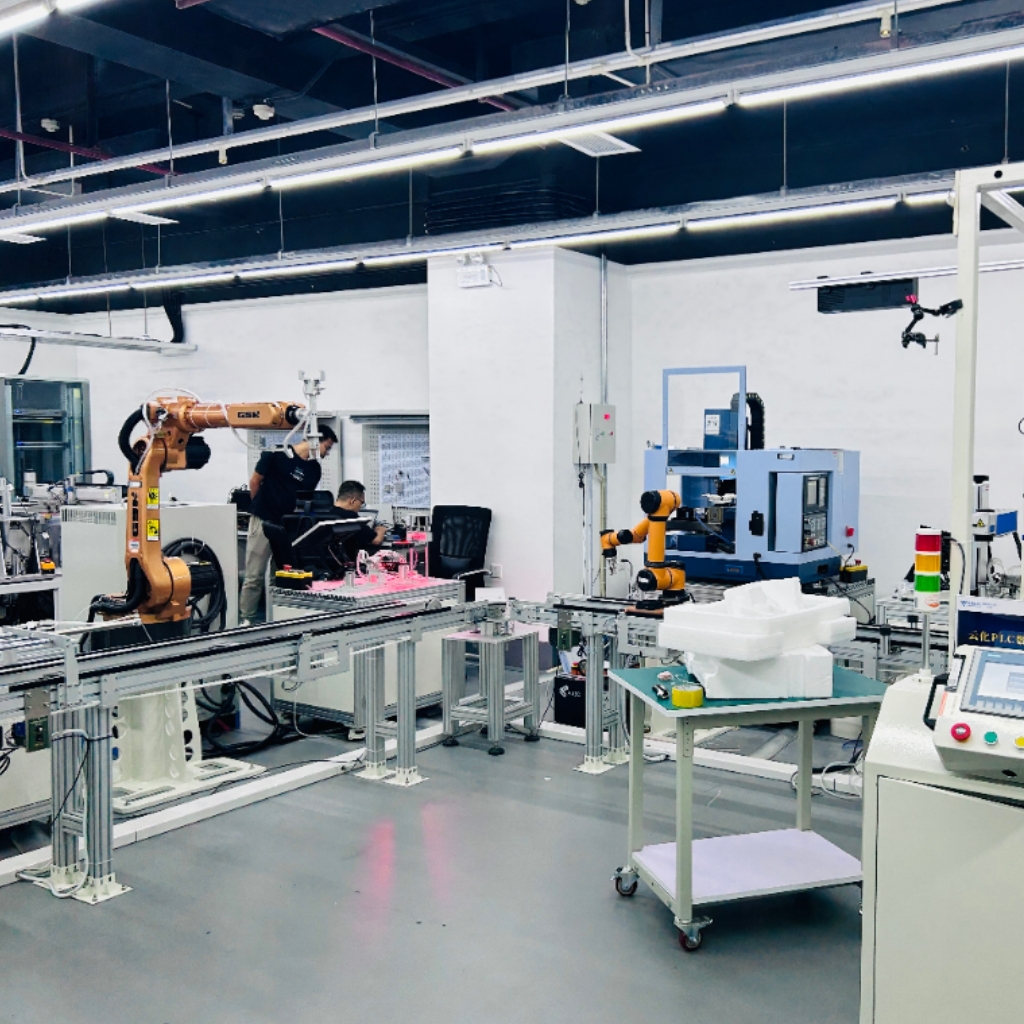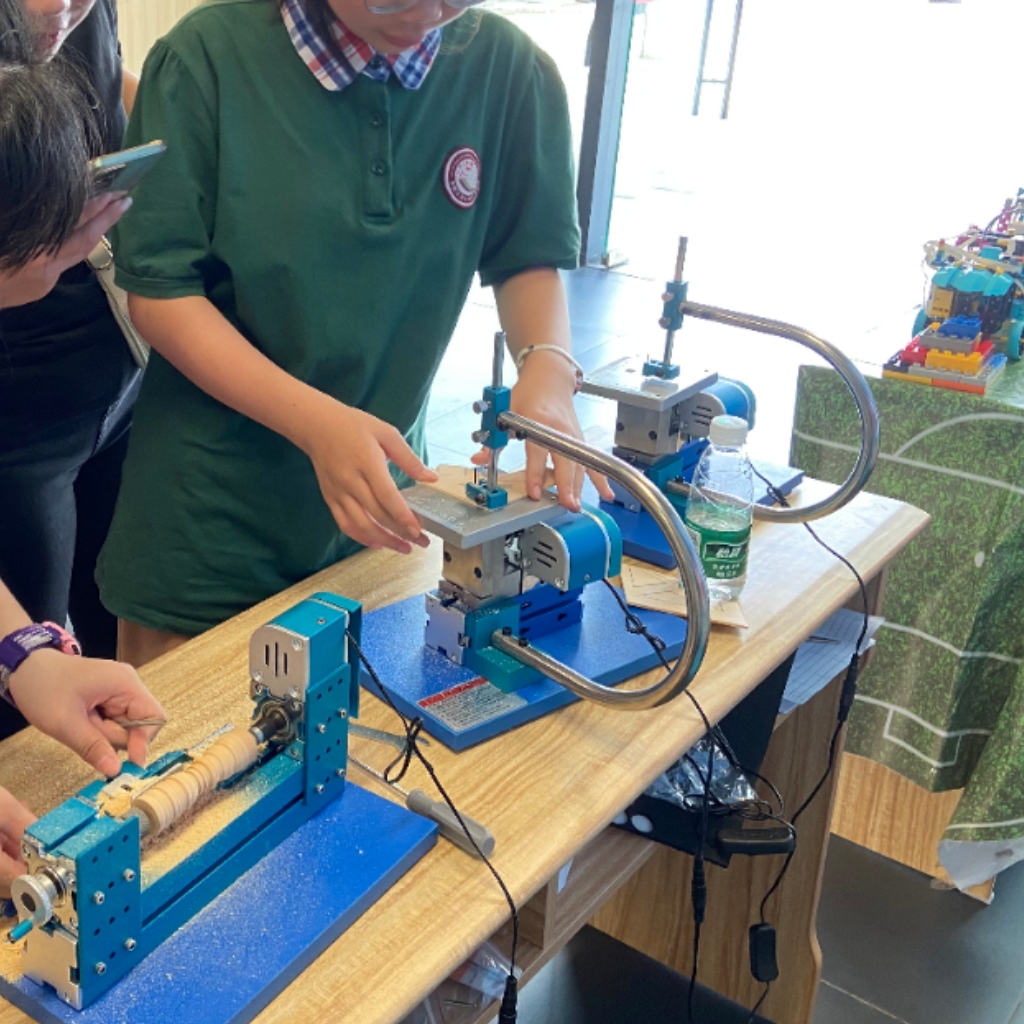Blog
Xendoll has 22 years of experience in the production of small machine tools. We will help you choose the suitable machine and share our experience in CNC machining with you.
 May 30, 2025
May 30, 2025

 909
909
eeing the wide range of prices for woodworking lathes can be bewildering. Why does one lathe cost a few hundred dollars while another commands several thousand? For serious woodturners, educators, or dealers stocking quality equipment (like those who partner with brands such as Xendoll Tools), understanding these differences is crucial. The price isn't arbitrary; it reflects significant investments in materials, engineering, precision, and features that directly impact performance, durability, safety, and the quality of your finished work. Let's delve into the key factors that contribute to a woodworking lathe's higher price point.
I. Foundational Investment: Materials and Construction
The bedrock of any expensive lathe is its physical construction. This isn't an area for compromise.
Cast Iron vs. Steel or Aluminum: Premium lathes utilize heavy-duty cast iron for the bed (ways), headstock, and tailstock. Cast iron possesses superior vibration-dampening properties compared to fabricated steel or lightweight aluminum extrusions. This mass and inherent damping are critical for achieving smooth cuts, especially on larger or out-of-balance pieces, directly influencing surface finish quality. Casting large, complex components like beds requires expensive patterns and foundry work.
Precision Machining: Simply casting iron isn't enough. The critical surfaces – especially the bed ways where the tailstock and tool rest base slide – must be machined to extremely high levels of flatness, straightness, and smoothness. This precision grinding or scraping is a costly, time-consuming process but is essential for ensuring components move smoothly without binding and maintain perfect alignment over the lathe's lifetime. Cheaper lathes often have minimally machined or even painted ways, leading to rapid wear and alignment issues.
Robust Bearings: The headstock spindle rotates on high-precision, often large-diameter, tapered roller bearings or high-grade ball bearings. These are designed to handle significant radial and thrust loads (the forces pushing sideways and lengthways on the spindle) generated during turning, especially heavy roughing cuts or working with large blanks. They are manufactured to tight tolerances for minimal runout (wobble) and offer a much longer service life under demanding conditions than smaller, lower-grade bearings. Replacing these bearings is also a major undertaking, so quality upfront pays off.

II. The Heart of Power: Motor and Drive System
Delivering smooth, consistent power is paramount, and the engineering here significantly impacts cost.
High-Torque, Quality Motors: Expensive lathes feature powerful motors (often 1 HP and above, sometimes significantly more) specifically designed for the variable loads of woodturning. Crucially, they deliver high torque even at lower speeds. This "grunt" allows you to take controlled, heavy cuts without the motor bogging down or stalling, especially important when starting rough blanks or turning dense hardwoods. The motors are also built for durability and efficient cooling under sustained use.
Electronic Variable Speed (EVS): While some budget lathes offer belt changes or basic speed control, premium models feature sophisticated EVS systems. Using an inverter and controller, these systems allow you to seamlessly adjust the spindle speed while the lathe is running across a wide range (e.g., 50-4000 RPM). This is incredibly convenient and enhances safety, allowing instant speed adjustments for different diameters or cuts without stopping work. The quality of the electronic components (inverter, controller) and their integration for smooth, jerk-free acceleration/deceleration adds considerable cost.
Brushless DC Motors (BLDC): Found on the very top tier, BLDC motors offer exceptional benefits: even higher torque at low speeds, greater energy efficiency, quieter operation, less heat generation, and often superior speed control responsiveness compared to traditional AC motors with an inverter. The advanced motor technology and control electronics make this a premium feature.
III. Capacity and Versatility: Size Matters
The physical ability to handle larger projects inherently demands more robust – and expensive – engineering.
Swing Over Bed & Distance Between Centers: A larger swing capacity (the maximum diameter over the bed) and longer bed length (allowing longer spindles or table legs) require a proportionally heavier, more rigid frame, bed, and spindle to handle the increased mass and leverage forces without flexing or vibration. Scaling up a lathe isn't linear; doubling the swing often requires more than doubling the mass and strength of critical components.
Spindle Bore Size: A larger spindle bore (e.g., 1.25" or 1.5" vs. 3/4" or 1") allows using larger drive spurs, chucks, and accessories directly without reducers. This requires a larger, heavier spindle shaft and correspondingly larger, more robust bearings in the headstock, all contributing to cost. It also enhances versatility for serious turners.
Weight and Stability: The sheer mass of a premium lathe isn't just about materials; it's fundamental to stability. Greater weight dramatically reduces the tendency of the lathe to "walk" or vibrate during operation, especially with unbalanced blanks. This stability translates directly to safety, smoother operation, and better finishes.
IV. Precision Engineering: Alignment and Adjustability
Accuracy isn't accidental; it's engineered and maintained.
Critical Alignment: The precise alignment of the headstock spindle axis, tailstock quill axis, and the bed ways is non-negotiable on expensive lathes. This ensures that workpieces rotate true between centers and that the tool rest can be positioned accurately relative to the work. Achieving and maintaining this alignment requires meticulous manufacturing and assembly processes. Poor alignment leads to vibration, difficulty achieving round work, and excessive tool wear.
Minimal Spindle Runout: Runout refers to how much the spindle wobbles as it rotates. High-end lathes have spindles machined to incredibly tight tolerances and mounted in precision bearings, resulting in runout measured in thousandths of an inch (or hundredths of a millimeter). This ensures chucks and drive centers run perfectly true, which is vital for precision work and balanced turning.
Robust Tailstock & Tool Rest Components: The tailstock must lock down rigidly without shifting and have a quill (the moving part holding the live center) that extends smoothly with minimal play. Similarly, the tool rest base and post must lock down rock-solid without flexing or vibrating. Achieving this level of rigidity and precision in these moving/locking components involves high-quality castings, machining, and locking mechanisms (like large diameter clamping levers or cam locks).
V. The Value of Refinement: Features, Safety, and Longevity
Beyond raw power and size, premium lathes offer features enhancing the user experience, safety, and lifespan.
Integrated Safety Features: This includes reliable emergency stop switches, motor overload protection to prevent burnout, and well-designed guarding. Safety engineering and certified components add cost but are essential, especially in educational or professional settings.
Smoother Operation & Reduced Vibration: The combination of mass, cast iron, precision alignment, and balanced components results in significantly quieter and smoother operation. This reduces user fatigue and allows for finer, more controlled cuts. Advanced vibration-dampening systems might also be incorporated.
Durability and Longevity: Expensive lathes are built to last decades, even under heavy use. The high-grade materials, superior bearings, quality motors, and protective finishes (like high-quality powder coating) resist wear, corrosion, and the harsh environment of a woodshop. This represents a long-term investment.
Advanced Accessories & Integration: While accessories are often separate, premium lathes are designed to seamlessly integrate with high-end chucks, steady rests, outboard turning attachments, and copy attachments. The spindle thread and Morse taper specifications are often industry-standard but manufactured to higher precision. Features like indexing heads or digital RPM readouts also add value and cost.
Warranty and Support: Reputable manufacturers of expensive lathes typically offer longer warranties (e.g., 3-5 years or more) and have established support networks for parts and service, reflecting confidence in their build quality. This peace of mind has value.

Conclusion: Price Reflects Performance, Precision, and Permanence
While the initial price tag of a high-end woodworking lathe can be significant, it's not merely a cost – it's an investment in capability, quality, and satisfaction. The expense stems from tangible factors: the massive, vibration-dampening cast iron; the precision-machined critical surfaces; the powerful, variable-speed drive systems; the oversized, high-precision bearings; the robust engineering required for larger capacities; and the meticulous alignment ensuring true rotation. Add to this the enhanced safety features, smoother operation, superior durability, and often better warranty and support, and the value proposition becomes clear.
For details, please refer to the following link:https://www.xendolltools.com/category/micro-cnc-machine.html



 Show all our samples
Show all our samples
 Provide you with a free quote
Provide you with a free quote
 Answer all the questions you may have
Answer all the questions you may have
 Guided installation and other options
Guided installation and other options